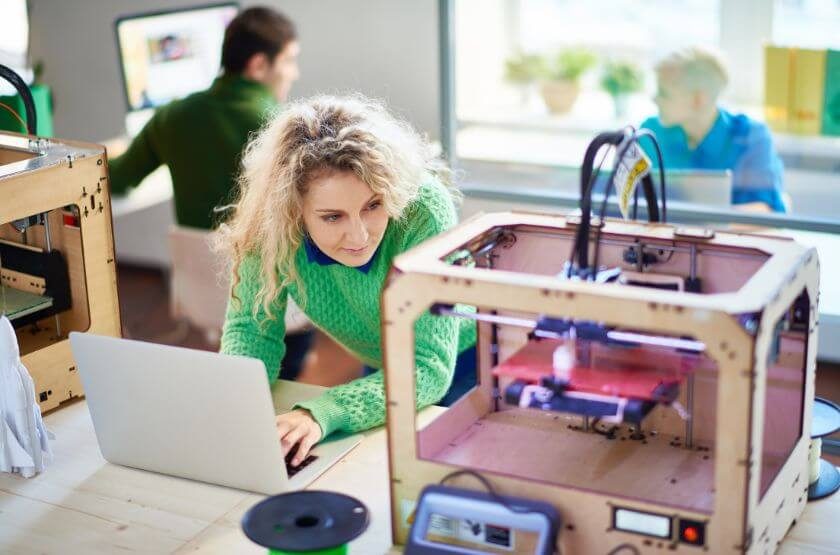
3D printing, also known as additive manufacturing, is a process of creating three-dimensional objects by depositing successive layers of material, one layer at a time, following a 3D digital model. The process starts with a digital 3D model created using computer-aided design (CAD) software or a 3D scanner. The 3D printer then reads the digital file and uses it to create the object layer by layer.
The 3D printing process typically involves the following steps:
– Creating a 3D digital model using CAD software or a 3D scanner.
– Preparing the digital model for printing by slicing it into layers and generating a set of instructions for the 3D printer.
– Loading the 3D printer with the required material, such as plastic, metal, or composite materials, in the form of a filament or powder.
– The 3D printer deposits the material layer by layer, following the instructions generated by the software, until the object is complete.
– Once the printing is complete, the object is removed from the printer, and any support structures that were used during the printing process are removed.
3D printing has many applications in various industries, including product design, prototyping, and manufacturing, medical and dental industries, architecture, education, and even in the creation of artwork and jewelry. It is a versatile technology that allows for the production of complex geometries and customized designs that would be difficult or impossible to create using traditional manufacturing methods.


